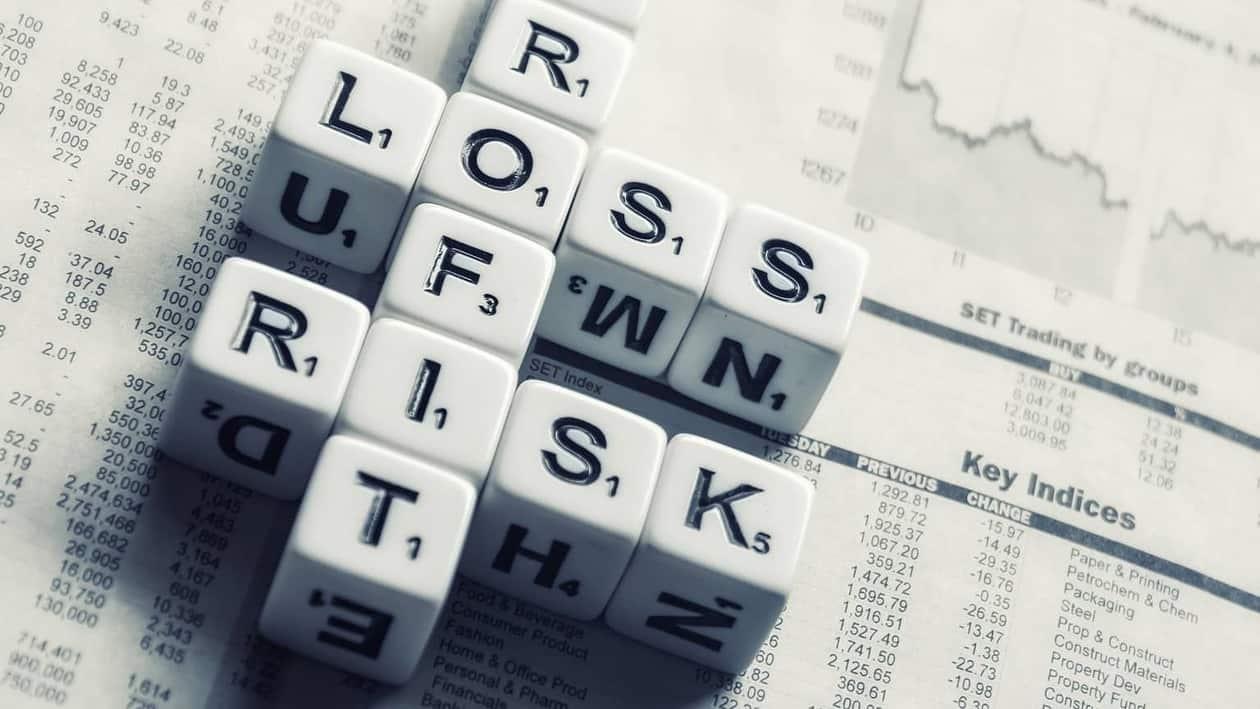A chemical reaction occurs when two or more substances (reactants) are mixed and result in one or more new substances. For example, respiration – we inhale oxygen which reacts with glucose and produces carbon dioxide, water, and energy. Adding or subtracting a small atom can result into completely new substance. To achieve a desired outcome (product), one needs to have a good understanding of properties of each of the atoms and how they react when they come together.
Similarly, one can allocate their investment in a combination of various asset classes judiciously. A right mix of these asset classes may help investors achieve an optimal level of risk-adjusted return.
Economic cycles and markets across the globe are very dynamic. Different asset classes tend to perform differently depending on where we are in the economic cycle, global scenarios, geo-political events, etc. Due to the dynamic nature of the global markets and economic cycles, it is not possible to consistently time the winning asset class. Furthermore, there may be a prolonged cycle of outperformance and underperformance of these asset classes.
Calendar year wise performance (% return) of select indices:
Different asset classes have varied degrees of correlation with each other. Investors can use these correlations in creating a portfolio to achieve reasonable returns with moderate volatility from their investment over long term.
Correlation of select asset classes with each other:
To understand the relation between chemistry and investing one must understand the concept of Multi Asset Allocation. It is a common perception among the investing community that if we add equity to a bond portfolio, we increase the portfolio's risk (Volatility). However, this is not true in every case. For example, as seen in the table below that a 100% bond portfolio has delivered an average return of 7.6% with a volatility of 7%; by adding 10% equity, volatility reduces to 6.1%, and the average return improves by 1%.
It is also notable that a 75% bond and 25% equity combination represents similar volatility as a 100% bond portfolio on average with a 2.5% higher return measured for 1-year of the average volatility (standard deviation) and average return observations. Which means the asset allocation portfolio has delivered risk-adjusted return than a 100% bond portfolio.
Let's see what happens when we add a third asset class, i.e., Gold, to previously discussed two asset (Debt and Equity) portfolio. Gold, as we know, has a negative correlation with most of the other asset classes on average. So, when we add 20% gold to this two-asset portfolio, the resultant asset allocation becomes 25% equity, 20% gold, and 55% debt.
As seen in the above table, the return-volatility trendline shifts from right to left, i.e., volatility reduced at all three-asset combinations (compared to 2 asset portfolios). The portfolio with 25% equity, 20% gold, and 55% bond has exhibited similar volatility of 7% as the 100% bond portfolio along with an average return of 11.5% (i.e., about 4% higher compared to a 7.6% average return from 100% bond portfolio).
The above example clearly shows that adding a judicious combination of low correlated, no correlated, and negatively correlated growing asset classes can help achieve an optimal level of risk-adjusted return on the portfolio over long term.
Manuj Jain is Associate Director, Co-Head Product Strategy, WhiteOak Capital AMC.
^Average 1 Year rolling return on daily basis and Standard Deviation (Volatility) of the return for various combination of Equity, Debt and Gold for the period January 2001 to March 2023 is considered for above analysis. The above analysis is only to illustrate the concept of Multi Asset Allocation. The performance of the “Sample Portfolio” does not represent the performance of the scheme. Past performance may or may not sustain in future.
